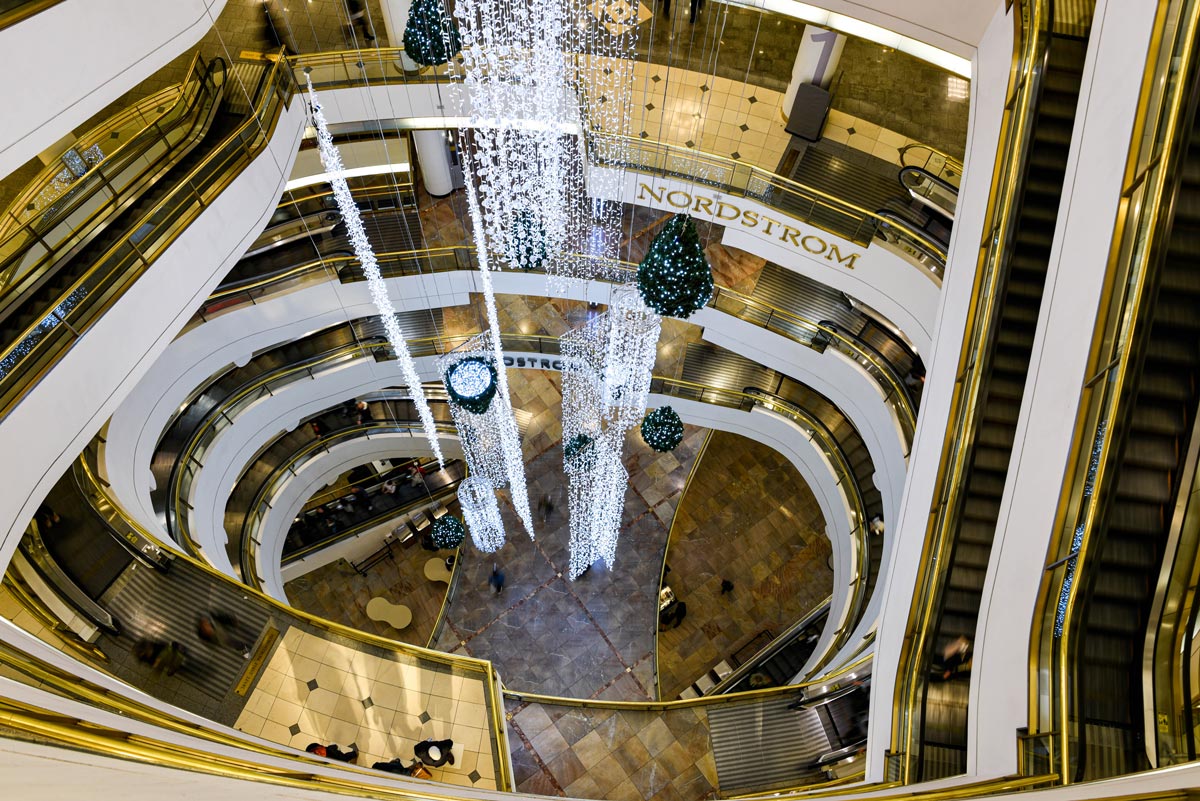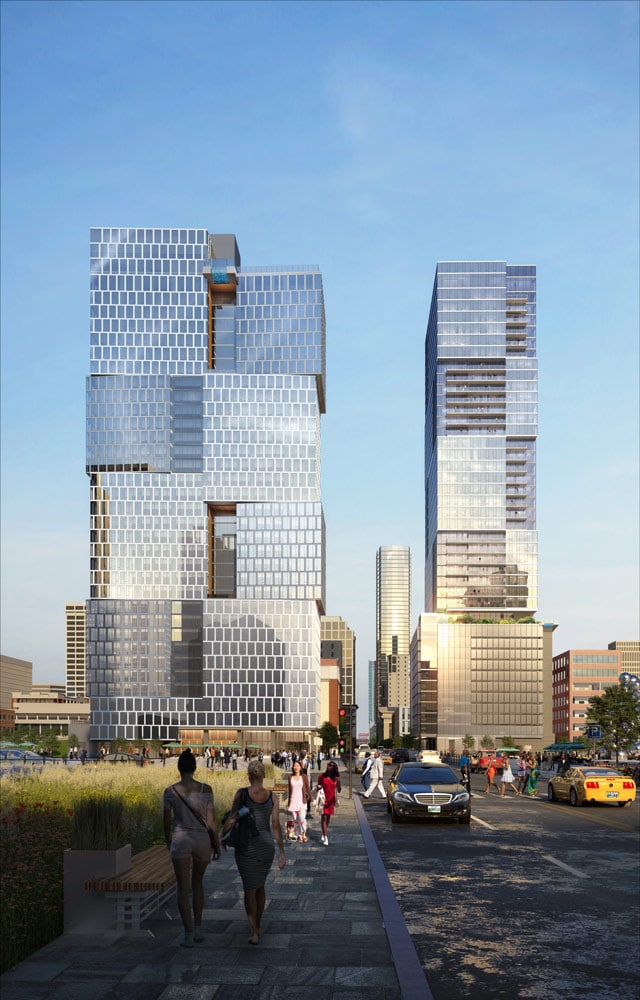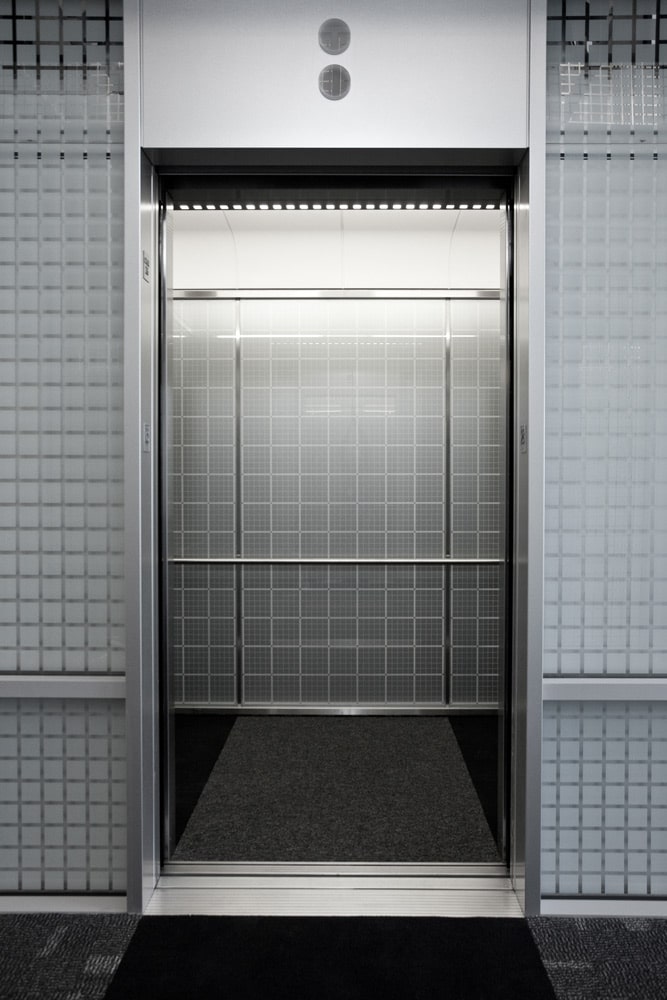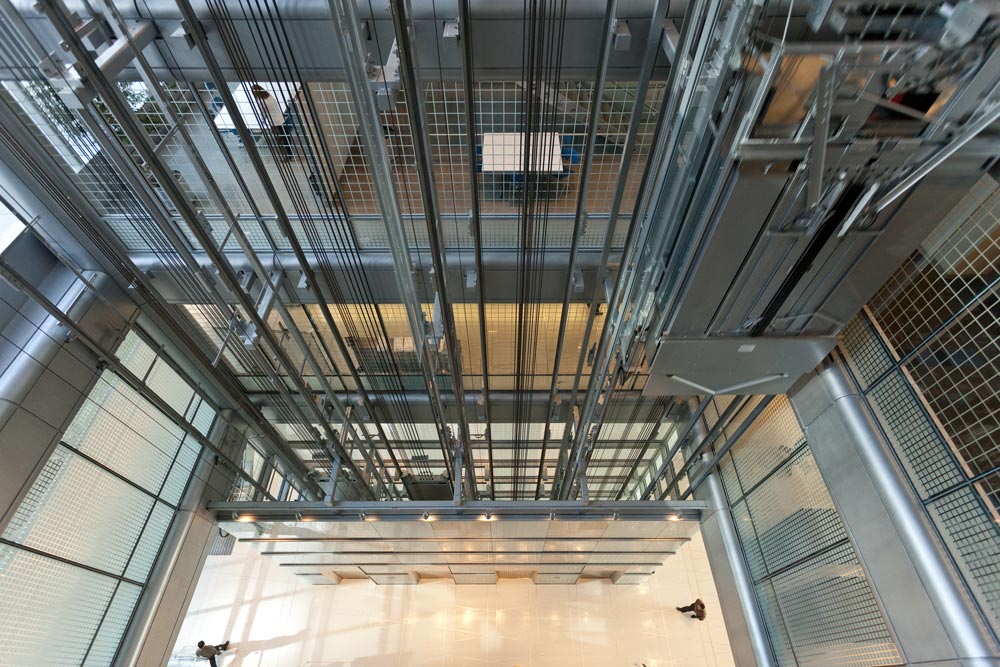Moving On Up
Oct 1, 2021

Mike Corbo (MC) took time to speak with your author (LF) about his career with Mitsubishi Electric US and his new role.
As Mitsubishi Electric Corporation, part of Japan’s Mitsubishi Corp., celebrates 100 years, the company has executed on a long-term vision to localize leadership by naming Mike Corbo the first U.S.-based president and CEO of Mitsubishi Electric US, Inc. Corbo discusses his experience with the company, special projects and Mitsubishi Electric’s commitment to sustainability and quality.

LF: Your career with Mitsubishi Electric US began in the Elevator & Escalator division in 1986. Where did you work before that? How did you end up in the elevator industry?
MC: Following my graduation from Ohio University, I accepted an inside sales position at Katy Steel & Aluminum, but that was short-lived. At the time, my brother, John, was working for Schindler Haughton Elevator, then headquartered in Toledo, Ohio, and he opened the door for an interview that led to a position. So I began my career in the elevator industry with Schindler Haughton in 1982 and was transferred to Los Angeles, where I trained for six months and then was moved to the San Francisco branch. I had the good fortune to train under Dick Linn, Jack Lawson and Paul Corwin, who all showed me the right way to do things.
LF: How did your time in the Elevator & Escalator Division prepare you for your promotions to executive vice president and COO, and now president and CEO?
MC: In new construction, our contract is typically with the general contractor (GC), so “officially,” the GC is our customer. However, it became clear to me that the customer extends to the owner/developer, architect and consultant, as well. We have an obligation to understand everyone’s diverse needs and deliver a final product that exceeds the expectations of each stakeholder. Learning to listen and understanding the needs of multiple stakeholders certainly helped me as my responsibilities at Mitsubishi Electric grew to multiple business lines that include heating, ventilation and air conditioning (HVAC) systems, semiconductor and power devices, and space and sensing systems.
LF: Was there anything that surprised you about the vertical-transportation (VT) industry?
MC: What surprised me about the elevator industry is that, while it is large, it is also a very close and tight-knit community. The important role that VT plays in moving society forward, coupled with the prioritization of uncompromising safety requirements, allows for strong relationships to form across the industry that benefit all stakeholders.
LF: What would you say are key changes/growth/accomplishments for the VT industry since 1986? And what are key changes/growth/accomplishments for Mitsubishi Electric US specifically in that time?
MC: I will date myself here, but at my first sales meeting in 1982, this “amazing” new technology for immediate communication was introduced: the fax machine! We saw innovation truly accelerate shortly after. Increasing computer power dramatically accelerated dispatching program technologies leading up to the destination dispatch systems we see today. While that improved the handling capacity of elevator systems, innovations in the construction industry reduced schedule durations and compressed installation times for the industry.
Elevators and escalators have always been a critical path, and meeting schedules directly impacts the success of the overall project for stakeholders. Effective collaborations between labor and management have improved project efficiencies allowing the industry to keep pace without compromising safety.
At Mitsubishi Electric US, we were able to leverage variable-voltage, variable-frequency (VVVF) technology in our machines and door systems that were unique to the industry in the late ’80s and early ’90s. How that technology was delivered is what we became known for: an ultra-smooth ride and highly reliable product that results in a callback rate of less than one per unit per year.
Our spiral escalator technology contributed to our second contract in the U.S. at San Francisco Centre in 1986. That project provided great exposure for our gradual entry to the U.S. market and contributed to our steady expansion across the U.S. Our growth to date has all been organic, which has allowed us to maintain a company culture that is unwavering in our commitment to delivering an exceptional experience to all installation and service projects that we are a part of.
LF: What are some of Mitsubishi Electric US’s projects from your time in the Elevator & Escalator Division of which you’re most proud?
MC: It is hard to single out individual projects, but certainly most exciting for me is every first installation in a new market. It usually includes a high-profile project, such as San Francisco Centre. In Chicago, Blue Cross Blue Shield (BCBS) headquarters (HQ) stands out. It was a 33-story building that was designed to expand to 55 stories. That day came 10 years later when 22 stories were added while the building was occupied with 4,000 employees. The BCBS HQ was a remarkable project for an iconic building that helps shape the skyline of Chicago today.
Our newest market entry is in Nashville, Tennessee, where we will be supplying elevators at two beautiful towers designed by Goettsch Partners, constructed by AECOM Hunt and developed by Giarratana Development, LLC.
“The demand for technology-oriented solutions across all industries, including the elevator industry, has substantially increased. Touchless solutions like smartphone applications for registering elevator calls are now in high demand.”
LF: What do you believe sets Mitsubishi Electric US apart from its competition in the elevator industry, as well as its other industries?
MC: Mitsubishi Electric Corporation is celebrating its 100th anniversary this year. The foundation of the company has been built on delivering high-quality and technically advanced solutions backed by excellence in service. However, it is no longer enough to differentiate on quality alone. We have embraced a corporate philosophy that targets sustainability goals and have an absolute mandate to deliver solutions that work to advance society in harmony with the planet. Mitsubishi Electric has committed to being carbon-neutral by 2050, and our products must advance that cause.
While it can come across as cliché, the quality of our elevators and escalators combined with our commitment to excellence in maintenance truly continues to be a differentiator for us. Our products’ quality combined with vigilance in maintenance creates an unparalleled customer experience, and for the building owner, the longevity of the product stands out.
Another distinguishing factor includes access to key components manufactured by the Mitsubishi Electric family of companies through a wide range of specialized capabilities. One example is semiconductors. Our elevators utilize semiconductors manufactured by Mitsubishi Electric. Manufacturing a number of key operating components in-house helps us maximize reliability and longevity.
At Mitsubishi Electric Trane HVAC, headquartered in Suwanee, Georgia, the focus is to provide HVAC products and solutions powered by electricity that is sourced from an increasingly “green” energy grid and provides a sustainable and fossil fuel-free source of comfort for any home, any building, anywhere. Mitsubishi Electric heating and cooling products provide industry-leading energy efficiency and incomparable personal comfort. Spaces can be conditioned to the exact comfort preferences of the occupant, or not at all if the space is unoccupied. These products are widely used in LEED, zero energy and various types of high-performance construction due to their all-electric design, amenable with decarbonization efforts underway across the U.S.
Mitsubishi Electric Power Products Inc., headquartered in Warrendale, Pennsylvania, is helping build a greener energy grid by incorporating renewables into the electricity network. They recently entered into an agreement to acquire a leading global provider of distributed energy resources that offers innovative solutions that manage and optimize renewable energy resources. They will incorporate this solution to manage power grids and market participation in energy systems with high volumes of distributed, clean and flexible energy assets.
LF: Has COVID-19 led to changes in how the company works and the products they plan to produce in the future?
MC: The demand for technology-oriented solutions across all industries, including the elevator industry, has substantially increased. Touchless solutions like smartphone applications for registering elevator calls are now in high demand. Mitsubishi Electric US has introduced both to the marketplace and expects future demand to increase. Last year, our elevator and escalator division introduced ReadyConnect™. ReadyConnect allows our elevators to communicate with other building systems such as robots, parking systems, etc., all geared to creating a seamless experience.
“The important role that VT plays in moving society forward, coupled with the prioritization of uncompromising safety requirements, allows for strong relationships to form across the industry that benefits all stakeholders.”
We are fortunate to have Mitsubishi Electric Research Laboratories located in Cambridge, Massachusetts, as well as the Mitsubishi Electric Innovation Center in Silicon Valley that continue to drive innovation to meet the ever-changing needs of the market in support of our group companies.
LF: You’re the first U.S.-based president and CEO for Mitsubishi Electric US – why do you think this was the time to have a U.S.-based leader? What traits/experience do you think helped you attain this position?
MC: There’s been a commitment from Mitsubishi Electric Corp. to localize the leadership worldwide, and they are executing on that vision. Erik Zommers succeeded me in 2018 to be the head of the U.S. Elevator & Escalator Division when I became executive vice president and COO. In that role, I was able to develop a much better understanding of all our business operations and the strategic services that are provided by our Americas Corporate Office that I am now responsible for.
These leadership experiences, along with my 35 years with the company in management positions, gave me a mature understanding of customer expectations and the business culture of Mitsubishi Electric US. I believe both were contributing factors to my new assignment.
LF: What plans/goals (short- and long-term) do you have for Mitsubishi Electric US? Anything specific to the elevator and escalator division? Where would you hope to see the company in the next five to 10 years?
MC: The wide range of sustainable products built by Mitsubishi Electric US is well-positioned to succeed, given the worldwide focus on providing solutions that reduce greenhouse gas emissions. This includes the demand we are seeing for net zero residences and commercial buildings. We continue to recognize growth through integration of our products in the building technology sector.
A core focus of mine is working across the Mitsubishi Electric family of companies in the U.S. to provide integrated solutions for commercial buildings. Along with the natural synergy that exists between our elevator, escalator and HVAC systems, our uninterrupted power systems (UPS), IT cooling solutions and semiconductor systems are supporting dramatic growth in data centers. These systems, as well as other critical building systems, can be tied together through a single common building management system supplied by ICONICS, a Mitsubishi Electric wholly owned subsidiary based in Foxborough, Massachusetts.
For the elevator and escalator division, we are conservative by nature; however, there is strong demand for our products and services across the country. We want to make our solutions available on a national basis, and we have taken solid steps in that direction in key markets. I will encourage organic growth and will keep an open mind toward possible inorganic growth opportunities that align with the culture and purpose of our Elevator & Escalator Division.
LF: Any goals for yourself? When your time as president is done, what will you look to as a marker of success?
MC: Our corporate strategy identifies four stakeholders: society, customers, shareholders and employees. Positive and balanced contributions in all of these areas will be necessary for our company to continue to succeed and advance. I believe our growth plans will be a natural outcome by staying true to our commitments to these stakeholders. It is a continuous process, and further improvement is always required.
Our corporate statement, “Changes for the Better,” serves as a good reminder that delivering solutions that contribute to the realization of a smart society stems from constant innovation. We will continue to drive this through investments in R&D and the continual training and development of our employees. A sign of success when my time is done will be a seamless transition to a successor that continues to advance the purpose of Mitsubishi Electric US.


Get more of Elevator World. Sign up for our free e-newsletter.












